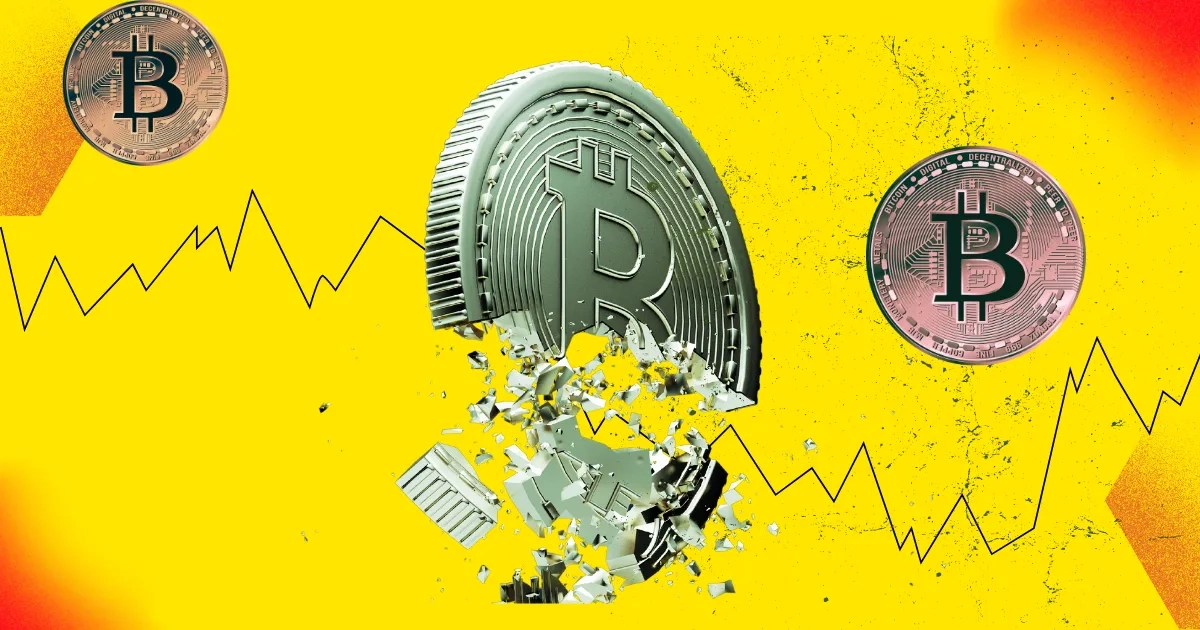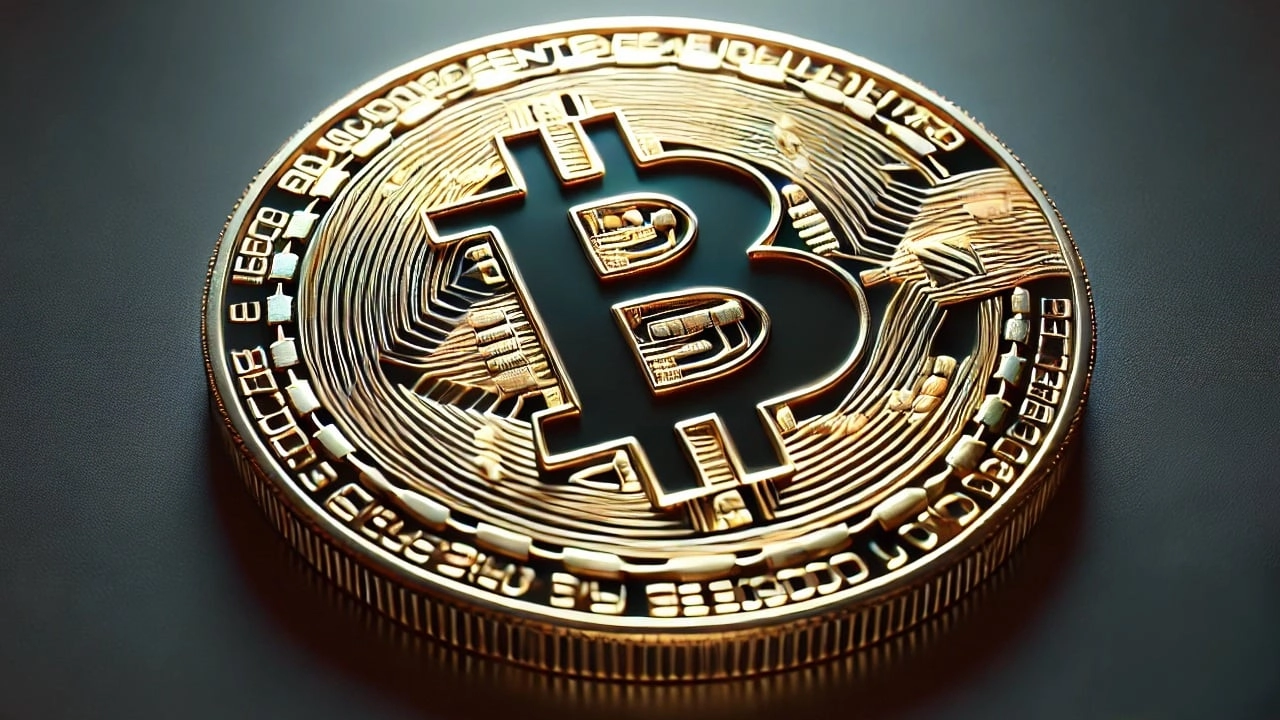XRP Recovers 3.2% After Stunning 88,000-Transaction Freeze
You are here: Home / News / XRP Recovers 3.2% After Stunning 88,000-Transaction Freeze

- XRPL halted for 64 minutes, delaying about 88,000 transactions before validators restored operations.
- Ripple price rebounded 3.2% to $2.53 after briefly dipping to $2.45 during the halt.
- Centralization concerns resurfaced, with critics citing Ripple’s ability to restart all 35 nodes at once.
Ripple’s XRP Ledger (XRPL) suffered a network halt lasting 64 minutes on Feb. 4, preventing transaction validations. The disruption occurred at block height 93,927,174 before validators successfully rebooted the blockchain at 10:58 am UTC.
Ripple’s Chief Technology Officer, David Schwartz, acknowledged the issue, stating that while consensus appeared to be functioning, validations were not being published. This caused nodes to drift apart, leading to the network freeze.
Schwartz confirmed that validator operators manually intervened to set a unified starting point and restart the ledger. He noted that Ripple is still investigating the root cause of the incident, adding that the network may have spontaneously recovered with minimal intervention.
Impact on XRP Transactions and Market Reaction
The XRP Ledger processes between 30,000 to 60,000 unique senders daily, executing approximately 2 million transactions, according to XRPSCAN. The 64-minute halt delayed an estimated 88,000 transactions. However, RippleX reassured users that customer funds remained safe throughout the incident.
Despite the brief outage, the token showed resilience. The token dropped to a 24-hour low of $2.45 during the network halt but rebounded by 3.2% to $2.53, according to CoinGecko. Ripple remains a standout performer, surging 396% since Nov. 5 following Donald Trump’s election victory.
The network disruption reignited concerns about XRP Ledger’s centralization. Daniel Keller, CTO of the Ledger network node operator Eminence, pointed out that all 35 validator nodes resumed operations in unison. Critics argue that such coordinated restarts highlight Ripple’s control over the network, a contrast to decentralized blockchains like Ethereum, which boasts over 1 million daily active validators.
Ripple has long maintained that the Ledger blockchain operates on a decentralized consensus model. However, recurring debates suggest that market participants remain skeptical about the firm’s influence over network governance.
The network halt comes as Ripple CEO Brad Garlinghouse advocates for the token’s inclusion as a U.S. reserve asset. Trump’s crypto advisor, David Sacks, is reportedly exploring the potential for XRP to play a role in national financial reserves. Any regulatory endorsement could further cement XRP’s position in the market despite the latest technical setback.



